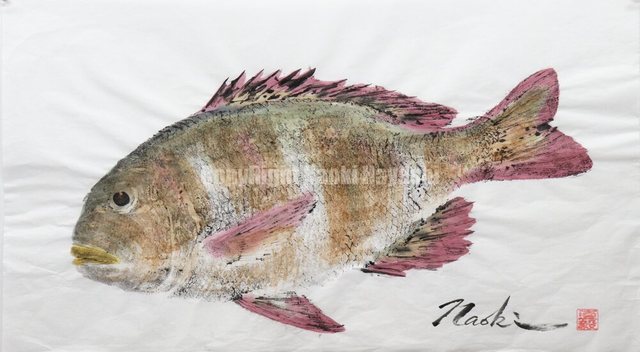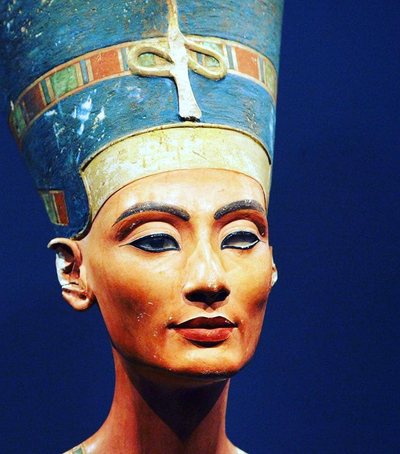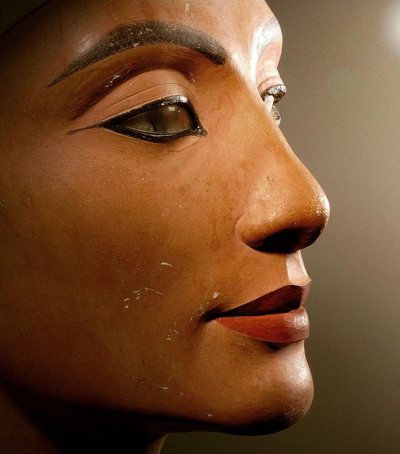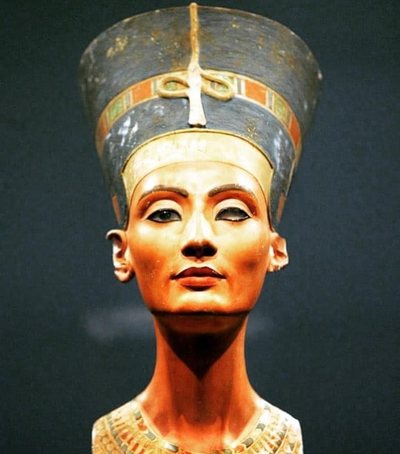
How big was that fish you caught?
That big? Or, that big? Or, so...big?
Without photographic evidence, there is nothing to prove that we have caught a big monster, and this has been true since the beginning of fishing. In fact, hundreds of years ago, long before photography captured motion, Japanese fishermen invented their own way of recording their trophy catches. They called it “Gyotaku.”
“Gyotaku” is an ancient art of fish printing that originated in Japan as a way to record trophy catches before the modern camera. “Gyo” means fish and “taku” means impression. There are different stories about how “Gyotaku” was invented, but it basically started with fishermen who needed a way to record the species and sizes of the fish they caught over 100 years ago.
Fishermen took paper, ink and brushes to the sea with them. They told stories of great adventures in the net. Since the Japanese revered certain fish, they released them. To distinguish them, they painted the fish with non-toxic 'sumi' ink and printed them on rice paper. This way they could be released or cleaned and sold at the market.
The first prints like these were just records without any additional details. It wasn’t until the mid-1800s that they began to print the details of eyes and other embellishments on their prints. A famous nobleman, Lord Sakai, was an avid fisherman, and when he made a big catch, he wanted to preserve the memory of a large, red sea carp. To do this, he commissioned a fisherman to print his catch. After that, many fishermen would bring their “Gyotaku” prints to Lord Sakai, and if he liked their work, he would pay them to print their work for him. Many prints were hung in the palace during the Edo period. After this period, “Gyotaku” was not popular and began to fade.
Today, “Gyotaku” has become a popular art form, enjoyed by many people. And it is said that the prints bring good luck to the fisherman. But the art form is somewhat different than it used to be. Most artists today learn on their own through trial and error.
Before the artist can begin printing, the fish must be prepared for printing. First, the artist places the fish on a concave surface. Then the artist removes the fins and sticks them to the sheet to dry. Then they clean the fish with water.
When it comes time to print them, there are two different methods. The indirect method begins by making the surface wet (as with water bubbles) or placing paper on the fish using rice water. The artist then uses a cotton ball covered with silk (tompo) to apply ink to the piece or paper to produce the print. This method requires a lot of skill and great care must be taken when removing the paper from the fish so that the paper does not tear. The direct method, the artist paints directly on the fish, and then gently presses the wet piece or paper onto the fish.
With either method, neither print is exactly the same, but both show the dramatic images of the fish. Finally, the artist uses a cutter, or a stamp, and signs his work, and then he can hold it up and say, “The fish was so big!”
Source:
https://www.youtube.com/watch?v=k_mG-Ka4mv8&list=PLJicmE8fK0Ej26EQOOyY5o0PYLZdnuaMK&index=15





